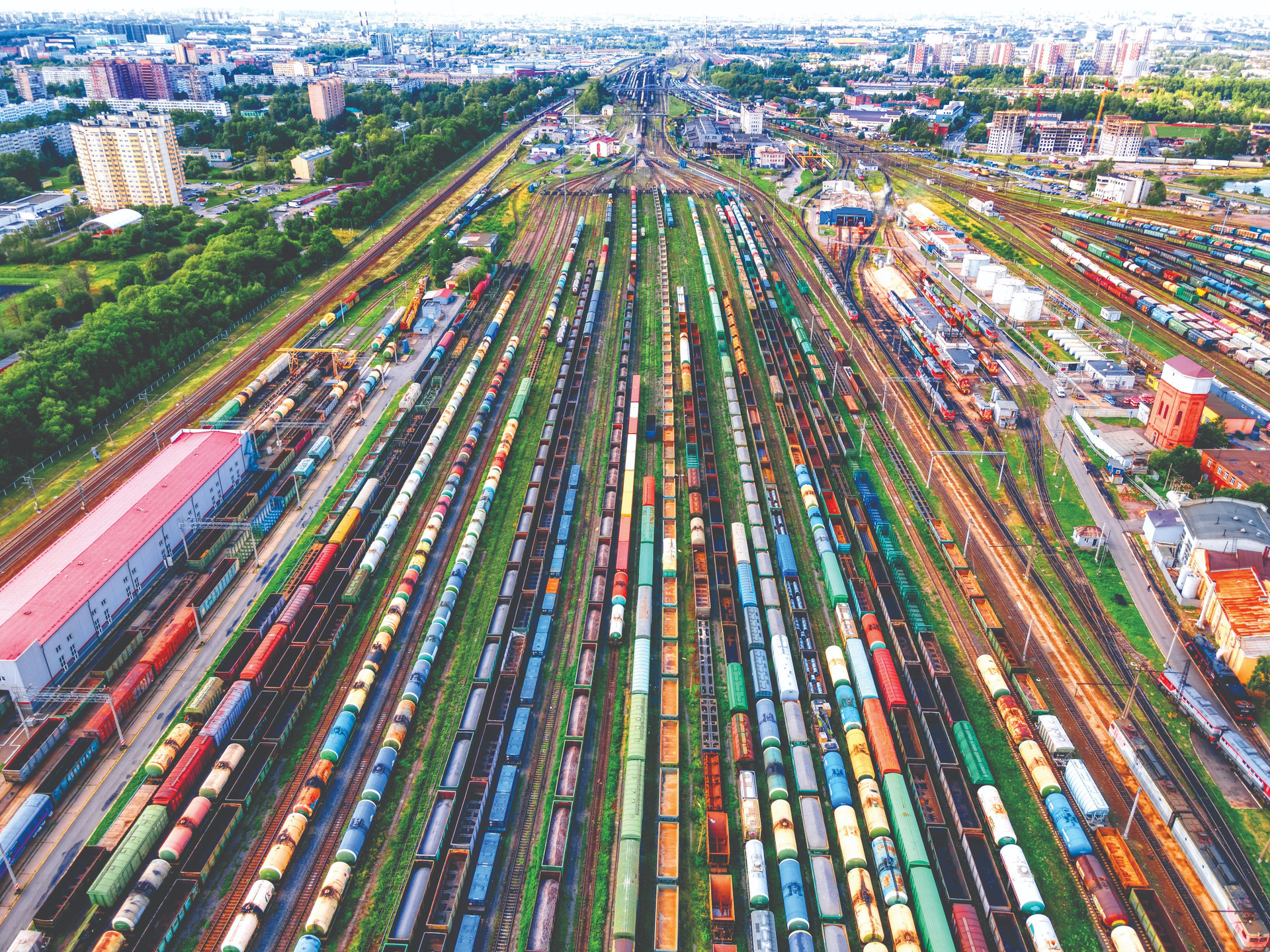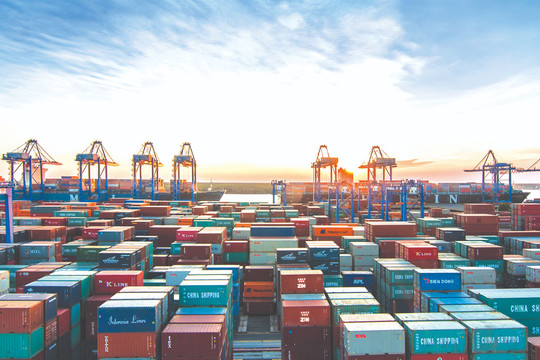The logistics infrastructure has been received remarkable attention from the State lately, however, there are still many inadequacies: the lack of synchronicity and weak linkages among transport models and economic zones create bottlenecks, reducing the economic growth rate.

Lack of sychronicity and linkage
The typical lack of synchronicity in planning and investment was obvious in key areas of the logistics infrastructure. The current road traffic system consist of many levels of roads with different standards for road surface quality, different standards of roads and bridges, different speeds, leading to the facts that means of transport are limited in speed and load when traveling from one locality to another. Besides several deep-water port groups capable for large vessels as Cai Mep- Thi Vai and Lach Huyen, the rest of ports are small ones. The State and many enterprises have recently focused on investing to river ports to reduce road overload, however, due to limited resources, ports’ logistics facilities as warehouses, means of transport and stevedoring have not been synchronously invested, they are unable to show their effectiveness in operation.

Similarly, the railway transport- the transport model
received attention of development in priority, with its
outdated facilities, speed and weak transport ability,
turned to be another bottleneck of logistics activities.
Existing large stations of the railway as Yen Vien,
Da Nang, and Song Than have had insignificant
amount of cargo going through compared to that
of road transport and sea transport due to their
narrow spaces and outdated stevedoring equipment.
To the air transport, airports have currently been overloaded; new airport construction works are lingering due to problems from administrative
procedures, land- clearance and investment sources. In addition, Vietnam has no airlines specialized in cargo transport and has depended on foreign airlines.
Another logistics infrastructure bottleneck is the lack of linkage among models of transport. Besides large ports, most seaports in Vietnam has no linkage to railway; meanwhile, most of large seaports worldwide have been planned to connect railways for road overload reduction and cargo congestion reduction. What is more, all roads connecting to seaports have been overloaded, which results in cargo congestions at ports, causing much waste. Due to limited resources, investors have mostly focused on building port infrastructure in river ports, they have no budget to build road systems connecting to the ports. They have to reduce load or use smaller means of transport for cargo transshipment, causing great expenses.
It is also impossible not to mention slow disbursement of public capital due to problems from administration procedures on bidding works and site clearance. Slow implementation of logistics infrastructure project will lead to infrastructure overloaded because of asynchronous development with the economic growth rate.
Needs for changes in planning and investment polices
The Government plays a key and irreplaceable role in removing logistics infrastructure bottlenecks. First, let us talk about the logistics infrastructure planning. In coming years, synchronicity and linkage of models of transport should be paid attention to and logistics infrastructure planning should ensure synchronicity of activities in the supply chain: roads, seaports, river ports, warehouses and logistics centers. Logistics infrastructure planning must ensure the connectivity of modes of transport by road, river, sea, railway, and air. Situations where ministries, branches and localities issue separate planning regulations, targeting local interests without taking into account the connectivity and common interests of the country, should be avoided. Large logistics infrastructure to be implemented as Long Thanh Airport, Lien Chieu Port, North- South Expressway and North- South high-speed railway should be considered with linkage among other models of transport taken into account and they should be adjusted if necessary.

In the field of state investment, it is necessary to prioritize capital sources, focus on key projects, avoid dispersion to ensure synchronization and linkage. The State needs to concentrate capital to invest in a package logistics infrastructure project: site clearance, construction of a system of ports, warehouses, bridges and roads...
Matters as dividing bidding packages or many investors participating in management of a project should be avoided. Reality showed asynchronous investment or dividing bidding packages will end up with congestions, causing damages to the economy.
The State needs to focus capital to renovate, upgrade or build new infrastructure of roads, seaports, and outdated warehouses to ensure the synchronization of the supply chain because each bottleneck in the chain will affect the entire system. In particular, prioritize investment in railway infrastructure, one of the most backward and weakest areas of the supply chain. Upgrading railway infrastructure will contribute to reducing road load and reducing congestions.
Finally, effective solutions and strict sanctions are needed to accelerate disbursement of public investment in logistics infrastructure. With the current situation of logistics infrastructure still having many limitations and weaknesses, accelerating disbursement of public investment capital and drastically completing the completion of traffic projects on schedule will help alleviate difficulties caused by bottlenecks in logistics infrastructure.
(*) FSB Institute of Management and Technology- FPT University





.png)
.png)
.png)


.png)
.png)






.png)

